Revealed: Where people drown in Australia, and why
A record 150 people lost their lives in Australian coastal waters recently. See where the blackspot beaches are in your state — and find out what’s behind the spike in deaths.
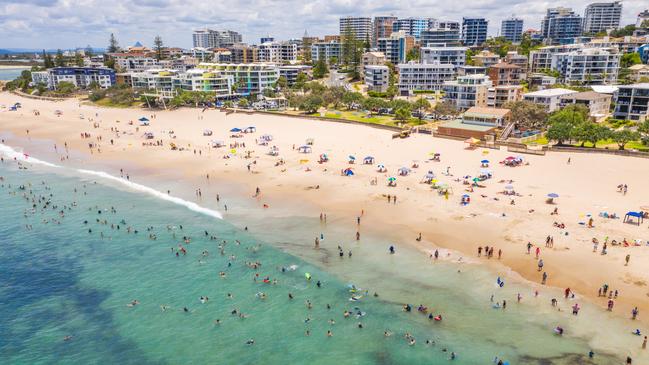
National
Don't miss out on the headlines from National. Followed categories will be added to My News.
More Australians are going to the beach than ever before, and more of us are tragically dying there, with a record 150 drownings on our coasts in 2023/2024, new figures reveal.
An increase in “swimmable” days, and a lack of awareness of the dangers of rips and unpatrolled beaches are some of the reasons behind the spike in drownings, according to the Coastal Safety Report, being released on Friday.
Last year’s 150 drownings are the highest since Surf Life Saving Australia (SLSA) first started issuing the annual report 20 years ago.
A further 108 people died on our coasts from other causes, such as medical issues.
The report reveals our surf lifesavers performed 8857 rescues in 2023/24 (more than half of which were in NSW) but they simply can’t be everywhere: every single drowning happened away from patrolled areas.
SLSA CEO Adam Weir said that without those rescue efforts, Australia would have recorded an additional 1600 coastal drownings in 2023/24.
The overwhelming majority of drowning victims were male (86 per cent), and while the report revealed the skewed regard for risk common to young men, it’s not the teens and twenty-somethings who are solely the problem. Half of all drowning victims are men aged 50 and up.
While international tourists accounted for just 7 per cent of all drownings, there is a concern that migrants are over-represented in the tally. The data shows people who were born overseas visit the coast even more frequently than those born in Australia, but just 15 per cent of those aged 35 and up have had any sort of formal swimming lessons.
The report did not provide a national breakdown of the ethnicity of drowning victims, but statistics from Queensland since 2020 showed 37 per cent of drowning victims there have been migrants.
“We’re tying to understand the problem a bit better so we can actually start to come up with effective solutions,” the SLSA’s national research manager, Dr Jaz Lawes, said. “One thing we do know is that when migrants arrive in Australia, it really depends how old they are when they arrive, what their perception of coastal safety is.”
While migrant groups were doing great work in informing communities about water safety, Dr Lawes said, the report noted that “Early access to swimming lessons is central if we are to bridge swimming ability gaps in new migrants”.
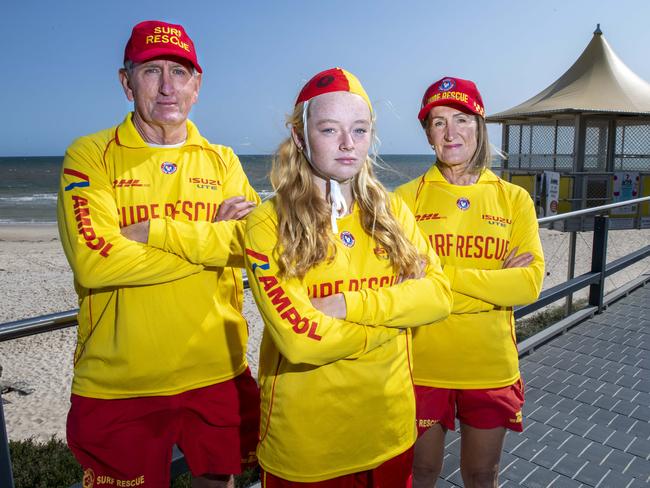
But there were knowledge gaps across the community, Dr Lawes said. Two in three Australians can’t adequately identify rips, even though 35 per cent of drownings last year were rip-related.
SLSA will be mounting a rip education campaign this summer, which Mr Weir said would hopefully go “someway towards making a difference”.

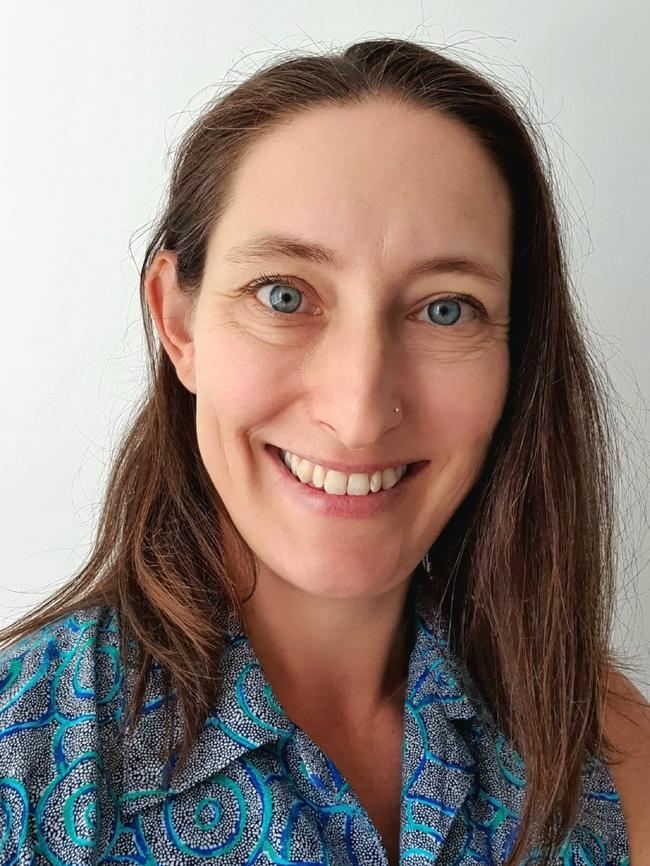
Mr Weir said there were an estimated 650 million individual beach visits in Australia last year, but one in three of them were to “unpatrolled locations which are potentially more hazardous”.
“We’ve also seen an increase in the range of the beachgoing season, so swimming beyond just the traditional summer holiday periods. There’s also been an increase in the range of hours people are swimming,” he said.
Mr Weir said it had already been a “busy start to the year” for surf clubs, with unseasonably warm temperatures prompting people to hit the beach even in winter.
Drownings in winter were up 24 per cent on average last year, the report showed, and in one state (NSW), the figure was up 113 per cent.
STATE BY STATE: WHAT THE REPORT SHOWED
NEW SOUTH WALES
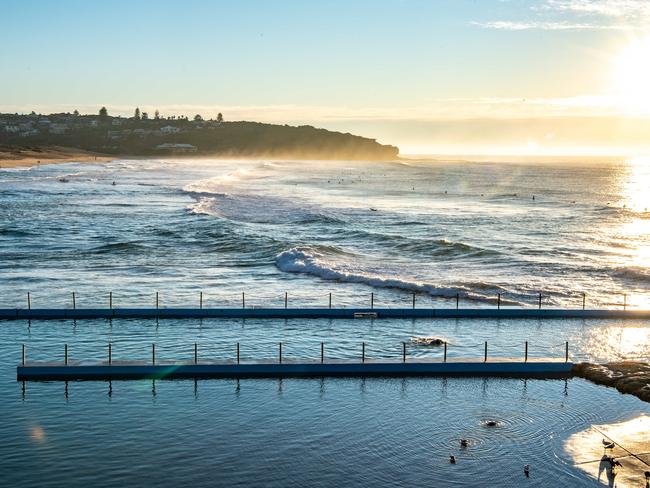
61 coastal drownings
38 other deaths (non-drowning)
An average of 3.5 coastal visits per person per month
4489 surf rescues
Surf lifesavers carried out 18,098 first aid treatments including for 11,646 marine stings
LGA drowning black spots: Northern Beaches (9), National Parks and Wildlife
Service NSW (9), Shoalhaven (7), Sutherland (6), Woollahra (5), Central Coast (5), Waverley (5), Coffs Harbour (5), Port Stephens (5)
QUEENSLAND
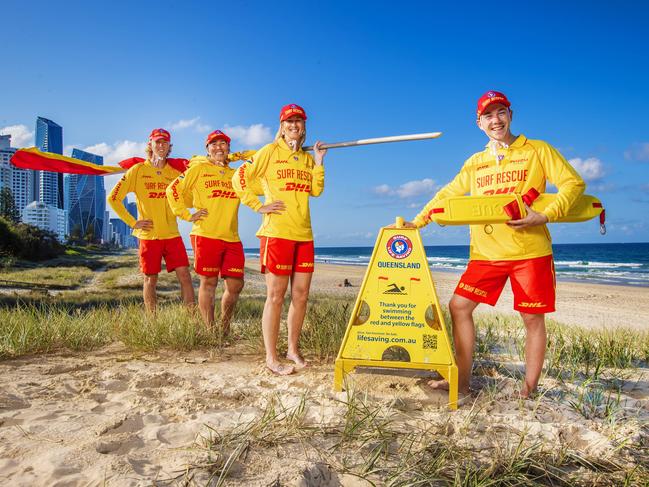
23 coastal drownings
24 other deaths (non-drowning)
An average of 4.3 coastal visits per person per month
2633 surf rescues
Surf lifesavers carried out 25,106 first aid treatments including for 9394 marine stings
LGA drowning black spots: Queensland Parks and Wildlife Service (8), Sunshine
Coast (8), Great Barrier Reef Marine Park Authority (5), Cairns (4), Gold Coast (3)
VICTORIA
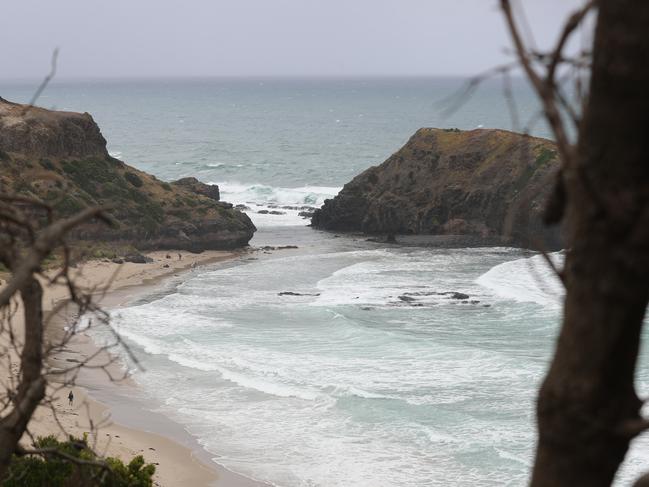
26 coastal drownings
14 other deaths (non-drowning)
An average of 2.0 coastal visits per person per month
849 surf rescues
LGA drowning black spots: Mornington Peninsula (8), Bass Coast (6), Hobsons Bay (4), Colac Otway (3), Parks Victoria (3)
Surf lifesavers carried out 1321 first aid treatments including for 101 marine stings
SOUTH AUSTRALIA

9 coastal drownings
6 other deaths (non-drowning)
An average of 2.8 coastal visits per person per month
86 surf rescues
LGA drowning black spots: Port Adelaide Enfield (3), Glenelg (2)
Surf lifesavers carried out 550 first aid treatments including for 153 marine stings
TASMANIA
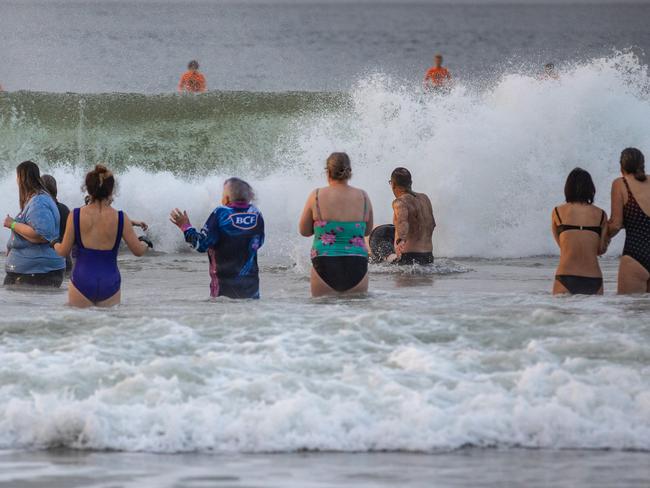
10 coastal drownings
5 other deaths (non-drowning)
An average of 5.4 coastal visits per person per month
83 surf rescues
LGA drowning black spots: Kingborough (2), Hobart (2)
Surf lifesavers carried out 136 first aid treatments including for 18 marine stings
WESTERN AUSTRALIA
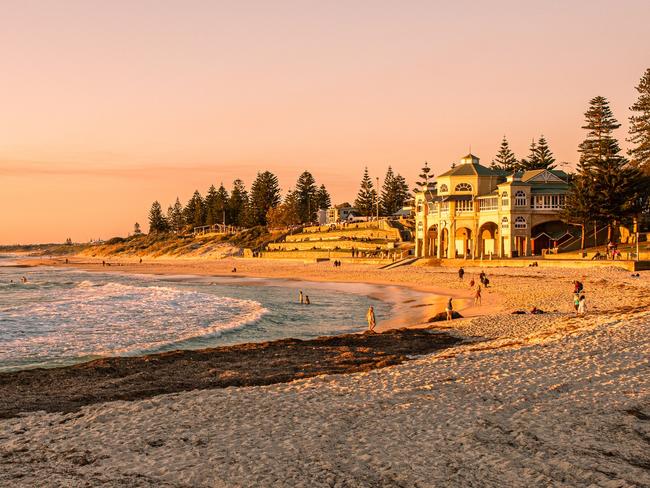
20 coastal drownings
18 other deaths (non-drowning)
An average of 3.3 coastal visits per person per month
680 surf rescues
LGA drowning black spots: Rockingham (4), Albany (4)
Surf lifesavers carried out 3752 first aid treatments including for 2056 marine stings
NORTHERN TERRITORY
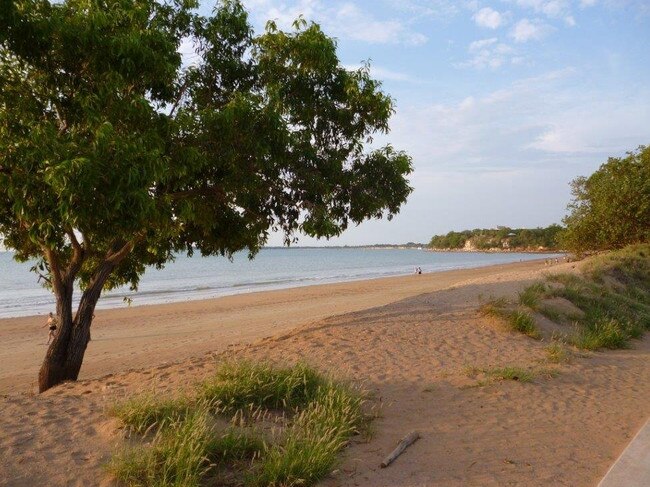
1 coastal drowning
0 other deaths (non-drowning)
An average of 4.0 coastal visits per person per month
37 surf rescues
LGA drowning black spots: Darwin (4)
Surf lifesavers carried out 358 first aid treatments including for 3 marine stings
More Coverage
Originally published as Revealed: Where people drown in Australia, and why





